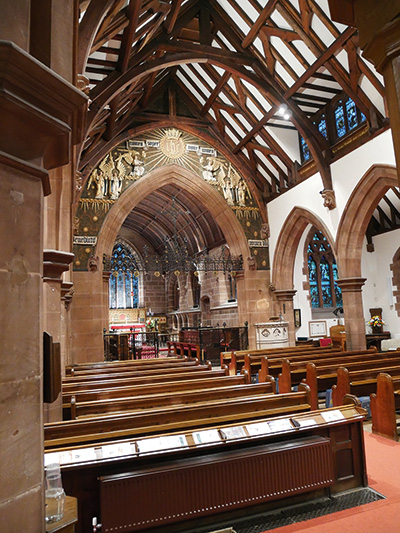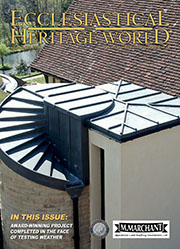Light up your place of worship
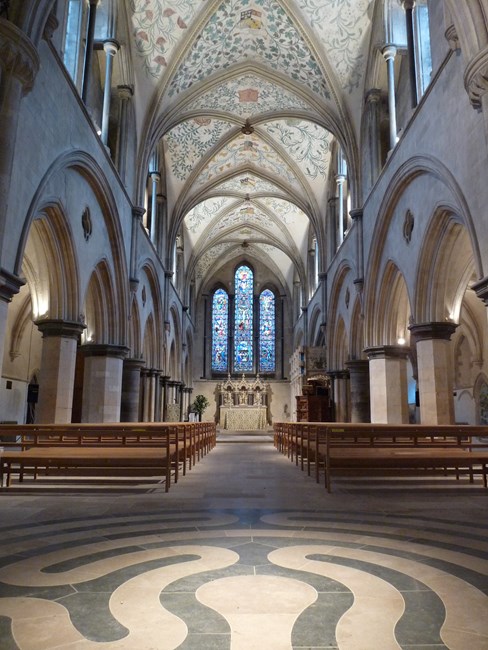
 The design of a lighting scheme and the light fittings themselves can have a positive impact on the way your building looks as well as being functional.
The design of a lighting scheme and the light fittings themselves can have a positive impact on the way your building looks as well as being functional.
Light levels
Uniformly bright lighting throughout your historic place of worship will generally not be appropriate. Historically, interiors were lit by daylight and supplemented by candles, oil or gaslight. Many spaces within historic architecture were not intended to be lit. Illuminating features such as roof structures can potentially disrupt the character of the space and so is not always suitable.
The most sympathetic lighting, therefore, will simply reinforce natural light in the daytime, while night time lighting will reflect historic methods of illumination. If you need advice on new lighting, we recommend using independent consultants rather than lighting suppliers or contractors. We also encourage you to involve your Inspecting Architect.
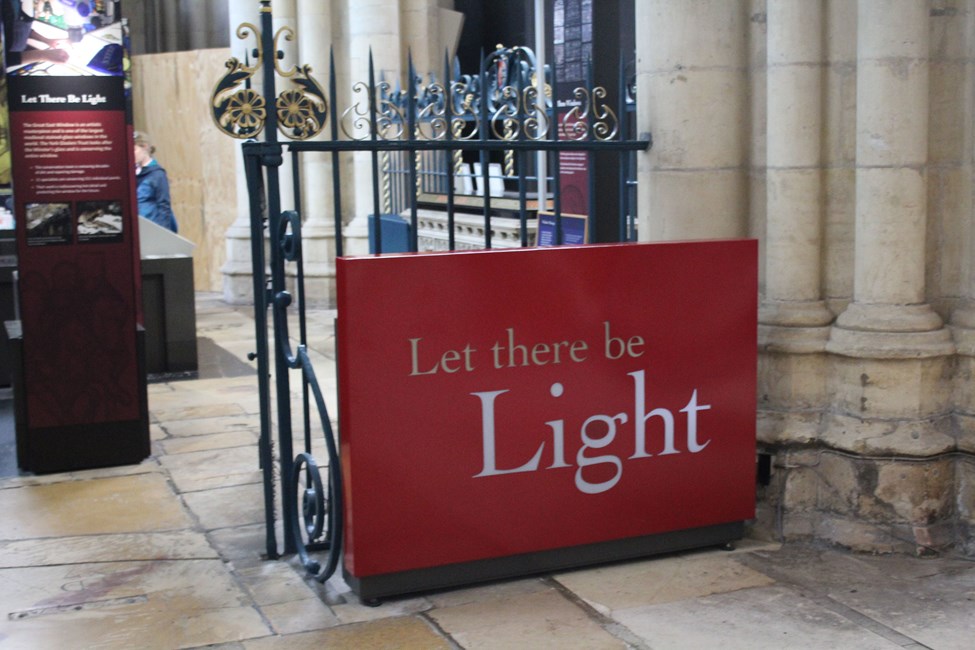 New schemes
New schemes
When planning new lighting schemes, we recommend options which minimise physical impacts on historic fabric and which are not visually intrusive. This might include locating lights in discreet or high-level places, such as hidden at the wall plate.
You will need to carefully consider the routes of all cabling or equipment required to operate the lighting. You will also need to think about how to access the lighting for maintenance.
Pendant lighting is often a practical and sympathetic means of providing functional lighting and can be designed to be an adornment to the building. Spot or flood lighting is the most common alternative to pendant lighting, and can sometimes be employed to dramatic effect, although the equipment can be obtrusive and its location needs careful consideration.
Changes in lighting regimes and technology can make an important contribution to the building's energy efficiency. European Union directives are steadily reducing the availability of the most inefficient forms of incandescent lamps (in other words, light bulbs) so new light sources need to be found for places of worship. The cost of purchase, length of life, quality of light and appearance of the lamp are all considerations in choosing which type of lamp to use.
See the Energy Efficiency in places of worship page for more information on lowering your energy use.
External floodlighting schemes should avoid causing light pollution and may not be appropriate, particularly for isolated rural churches. Archaeological advice may be required in respect of sunken lamps and cabling routes.
For further information visit www.historicengland.org.uk
LED specialist redefines the spiritual language of heritage spaces
In an age of restoration and renewal, few design elements carry as much emotional resonance or technical challenge as light. In places of worship and heritage architecture, light is more than visibility; it is revelation. Few understand that better than LED lighting specialists ERCO, whose quiet revolutionary work is redefining how sacred and historic spaces are perceived, preserved and experienced.
Click here to read the full story.

Lighting project awakens hidden gem
The Roman Catholic Sacred Heart Church in Exeter is part of the Plymouth Diocese and was completed in1884 to cater for the growing Catholic population in the city at that time.
The church, in South Street, sits close to the Anglican Cathedral. It is Grade Two-listed and was built in the Gothic Revival style, designed by Leonard Stokes who was one of the leading figures of the freer interpretation of Gothic in the late 19th century.
Click here to read the full story.
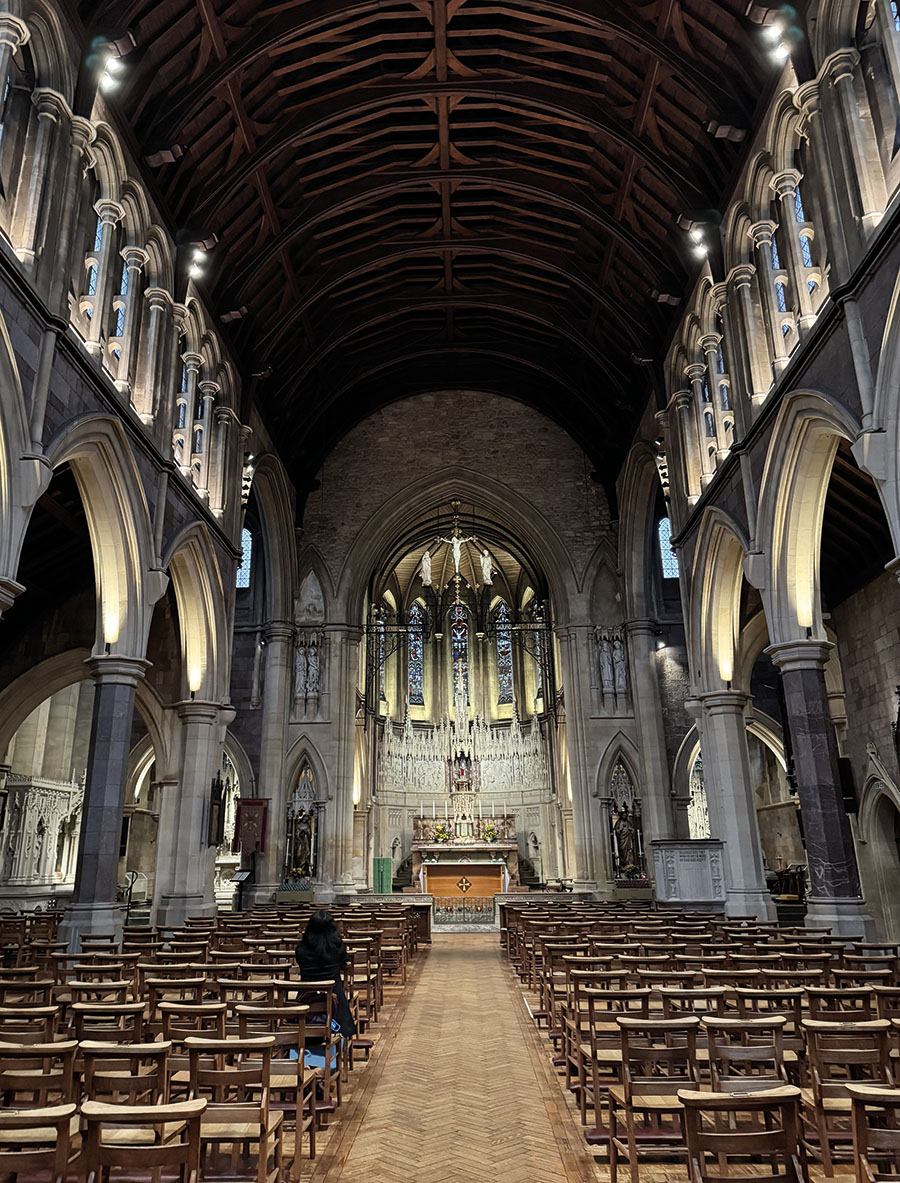
Historic church embraces LED technology
The church of St Mary the Virgin stands immediately beside the beautiful Tudor mansion house of Layer Marney Tower in Essex. The church as we see it today was built at the same time as the house, around 1523, and using the same red-brick – possibly made locally.
Click here to read the full story.
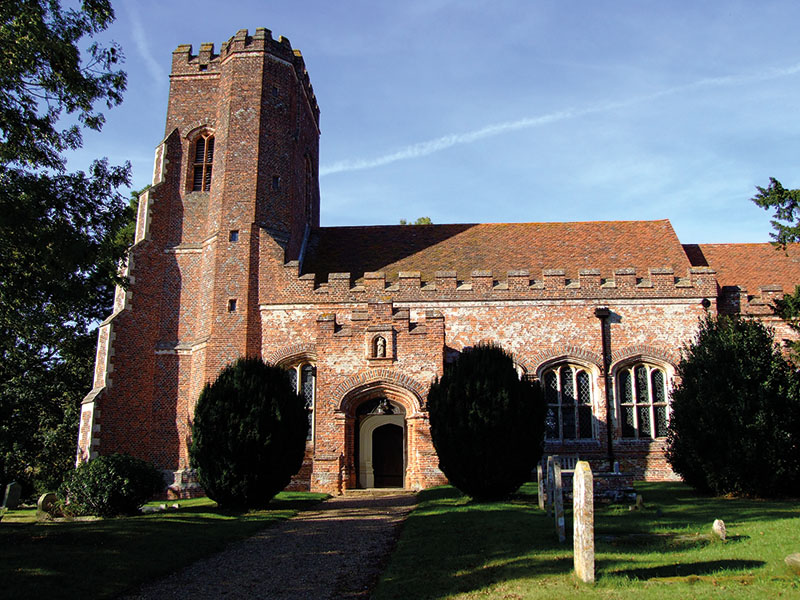
Relighting project adds to cathedral’s inclusivity while reducing its footprint
Salisbury Cathedral has recently completed a transformative relighting project, harnessing innovative LED technology from leading manufacturer ERCO. The initiative has elevated the cathedral’s visual and spiritual presence, aligning with its commitment to sustainability and accessibility. The new lighting solutions have significantly lowered the cathedral’s carbon footprint, reducing internal energy use by over 80% and saving approximately 30 tonnes of CO2 a year.
Click here to read the full story.
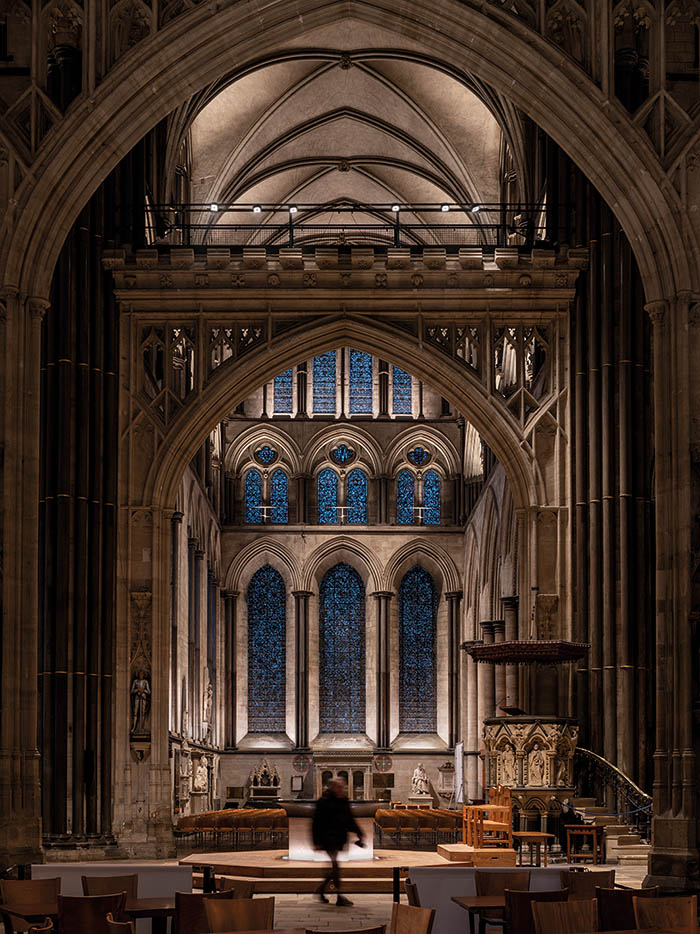
Bucks church draws on neighbour’s experience in choosing lighting contractor
St Mary Magdalene Church at Great Hampden in Buckinghamshire dates back more than 800 years and sits alongside the Manor House of the Hampden family, mentioned in the Domesday Book. The church has undergone many major and minor changes over the years: the chancel was rebuilt in the 15th century and contains many fine Hampden family monuments. It is believed and quite probable that John Hampden the Patriot, cousin of Oliver Cromwell, is buried in the chancel.
Click here to read the full story.

From halogen to LED lighting: a sustainable transformation at Salisbury Cathedral
Salisbury Cathedral, a beacon of faith and heritage, recently completed a transformative relighting project, harnessing ERCO’s innovative LED technology. This initiative has elevated the Cathedral’s visual and spiritual presence, aligning with its commitment to sustainability and accessibility.
Click here to read the full story.
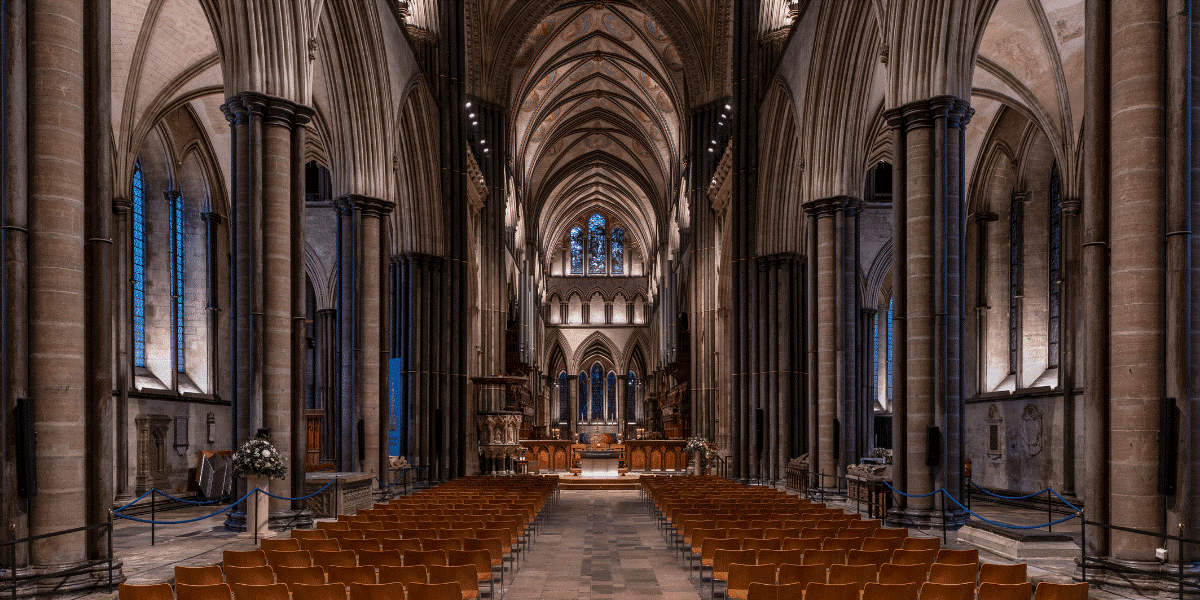
Shining brightly together: church embraces eco-friendly lighting upgrade
St Francis Xavier Roman Catholic Church (SFX) is a Grade Two*-listed building designed by Charles Day of Worcester and built initially for the Jesuits. It sits in Broad Street, Hereford in the shadow of the cathedral. The laying of the foundation stone was on 19 September 1837 when Queen Victoria sent her representative the High Sheriff of Herefordshire to represent her. This was the first time in 300 years that a reigning monarch and head of the Anglican Church had a representative at a Catholic ceremony.
Click here to read the full story.
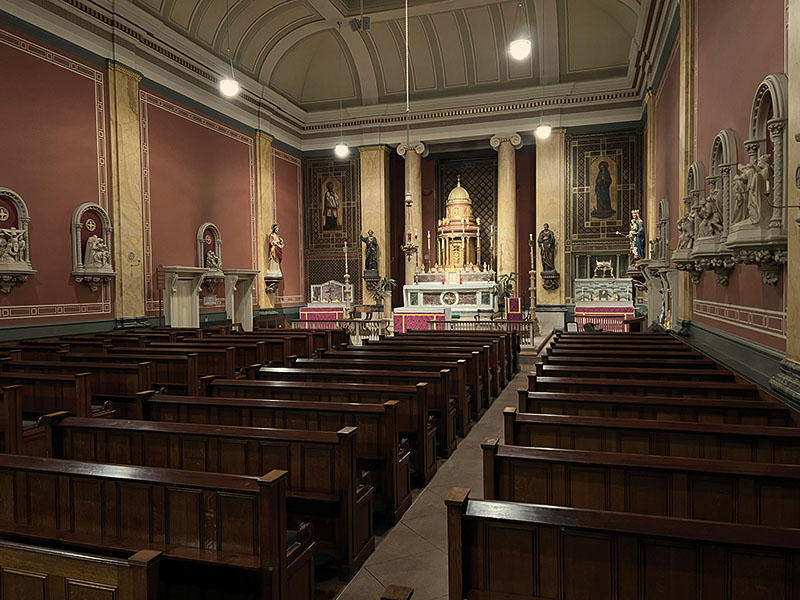
Transformative technology for Welsh chapel earns praise in Y Tyst
Capel Gellimanwydd in Ammanford has benefitted from a complete makeover, including an array of new audio-visual equipment provided by leading integrator, Vaughan Sound.
The chapel dates back as far as 1782, making it the oldest in this former coal mining town in Carmarthenshire. Rebuilt in 1836 before extension in 1865, a vestry was later added in 1882.
Click here to read the full story.

When it comes to church lighting, experience matters
When Anthony J Smith (Glos) Ltd was formed in 1976, it was initially as a general electrical contracting company carrying out work in domestic, commercial and industrial properties.
Anthony’s first foray into church lighting was when his own church, St Peter’s Catholic Parish Church in Gloucester, suffered from an arson attack and as part of the Fabric Committee – he is now chairman, and has been for many years – he was allowed to carry out lighting tests and trials.
Click here to read the full story.
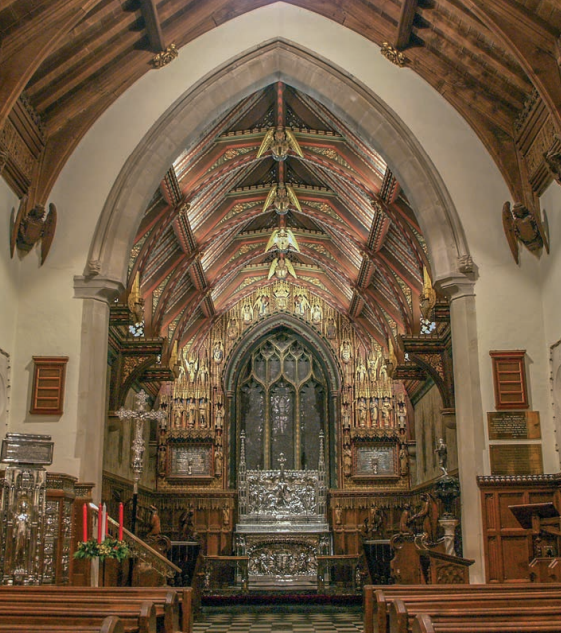
Lighting installation works hand-in-hand with restoration project
The restoration and refurbishment project at the Church of St Mary the Virgin at Holne, on the slopes of Dartmoor in South Devon, was a long-term undertaking. As all involved are well aware, obtaining the necessary permissions and faculty for the medieval, Grade One-listed building took almost a decade. That included securing the funding! But, then again, it had been over 100 years since the last refurbishment – so upgrading the lighting was integral to the whole scheme.
Click here to read the full story.
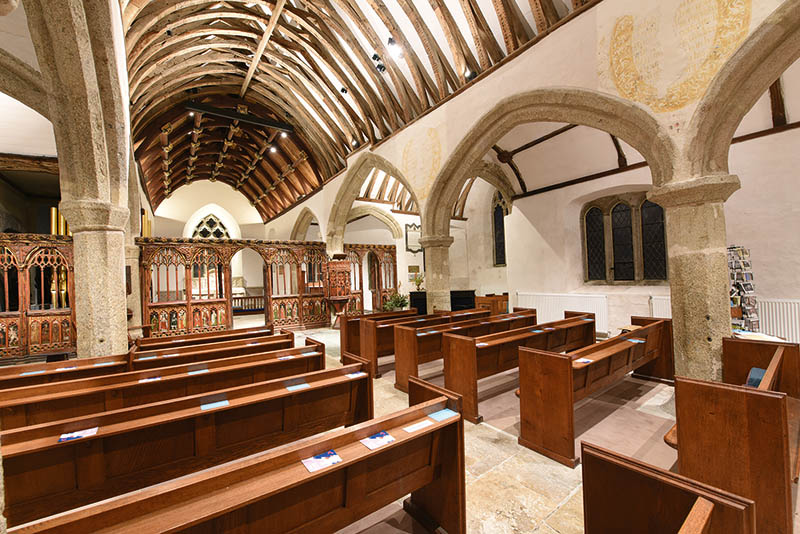
Parishioners at St Matthew’s are seeing things in a new light!
CLS Electrical Services Ltd – also known as Church Lighting Systems – were given the task of updating the existing lighting system in St Matthew’s Church in Worthing, which mostly consisted of tungsten halogen floodlights providing the main illumination throughout the church. Not very energy efficient!
Click here to read the full story.
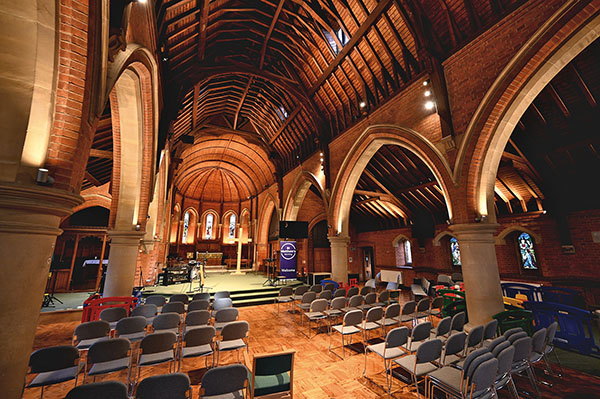
CES Lighting and Electrical specialists illuminate England’s second oldest Cathedral
Rochester Cathedral is a Grade I listed building and is England’s second oldest Cathedral having been founded in AD 604. Located in the heart of the town of Rochester on the banks of the River Medway, the Cathedral attracts worshippers from across the country as well as many visitors and tourists.
Click here to read the full story.
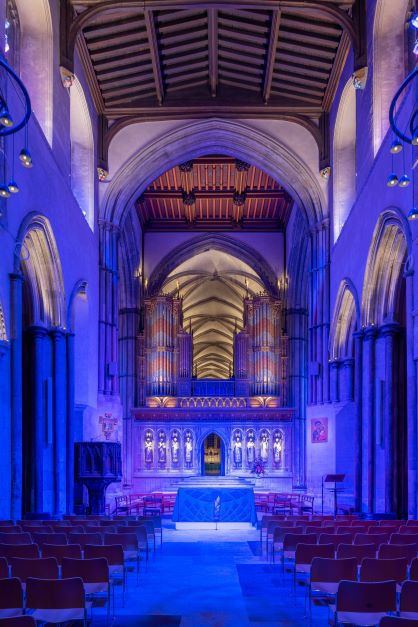
Variety of external lighting shows the splendour of Lincoln Cathedral
Standing tall over the city, Lincoln Cathedral is a magnificent and iconic international landmark, and one of Britain’s most spectacular pieces of architecture. Once admired as the tallest building in the world, the spire at Lincoln Cathedral was an impressive feat of engineering, reaching a remarkable 525 feet before the central spire collapsed in 1548, nearly 250 years after its completion, and was never replaced.
Click here to read the full story.
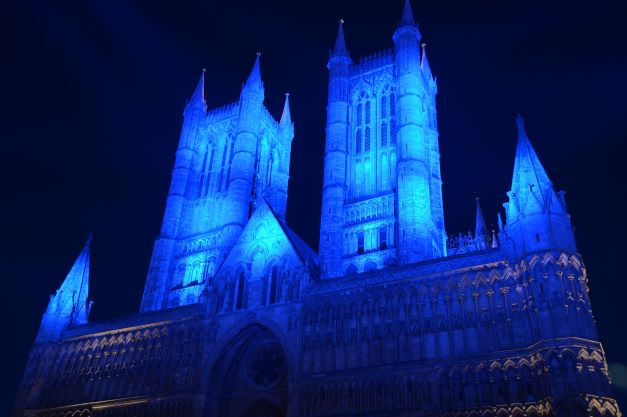
Pershore Abbey tower: a fitting tribute for the Jubilee
Pershore Abbey was one of the largest medieval abbeys in Britain – even larger than Worcester Cathedral – before it was part destroyed in the Reformation. The tower was added in 1350 and has stood as a beacon which can be seen for several miles across the district.
Click here to read the full story.
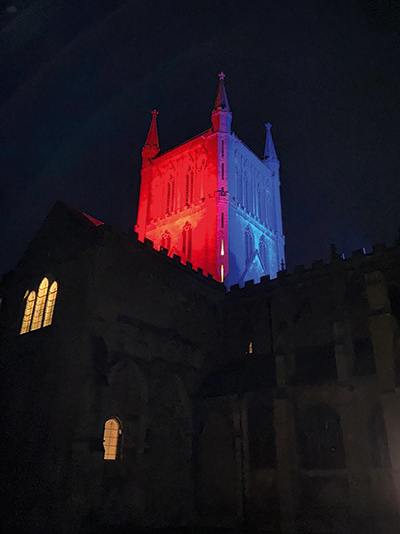
Exterior lighting scheme is latest in a long line of special projects
Church lighting specialists Lighting Dynamics UK have recently designed and installed a dynamic and exciting ‘colour change’ exterior lighting project at the Roman Catholic Church of St Edward in Selly Park, in the Archdiocese of Birmingham.
Click here to read the full story.
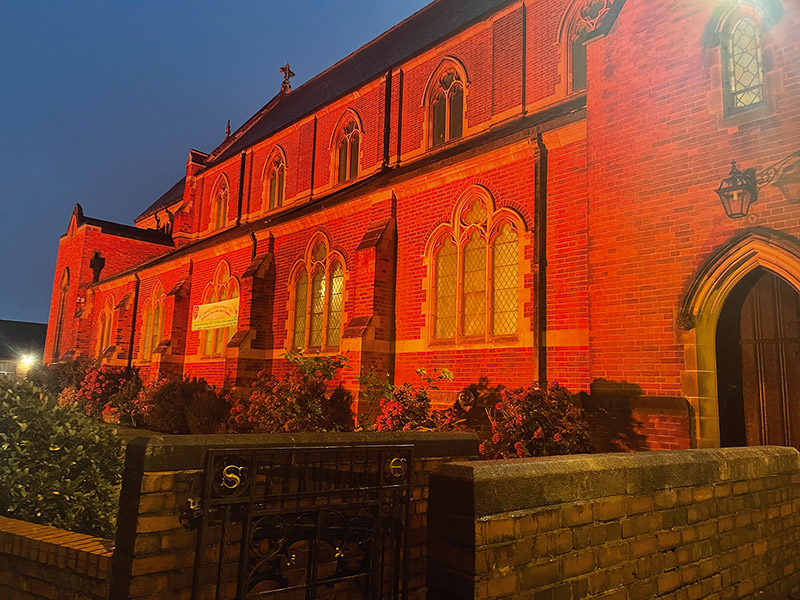
A brief history of artificial lighting at Ely Cathedral
Light Perception, specialist lighting consultants for historic buildings, has recently been appointed as lighting consultants to Ely Cathedral and, having designed a new scheme for the octagon – featured on the front cover of our latest issue – is now designing a new scheme for the interior.
This article, by director Bruce Kirk, describes some of the earlier artificial lighting schemes in the cathedral and explains what lessons have been learned from understanding the work of past designers.
Click here for further information.
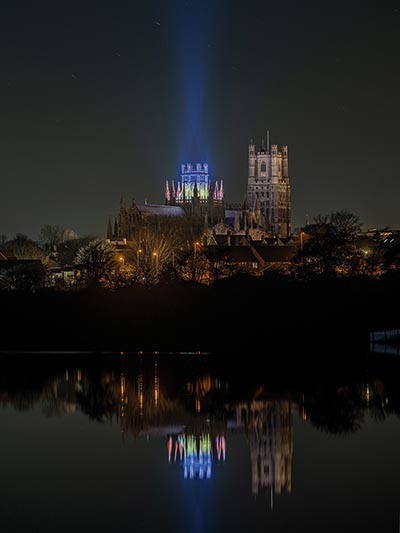
Most Precious Blood Catholic Church, Southwark gets new internal and external lighting
The Catholic Parish of the Most Precious Blood was founded in 1891 by Bishop Butt and designed by architect Frederick Arthur Walters (1849–1931) who designed over 50 churches in his career.
The clients provided a clear brief to CES Lighting and Electrical Specialists: "The overall effect we are aiming for in the church is one of 'Cistercian' simplicity and calmness punctuated by highlighted areas of religious/spiritual significance. The architecture of the building is already strong in both scale and form and does not of itself require any particular highlighting or enhancement."
Click here to read the full story.
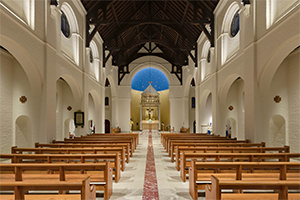
LED Conversion at Grade 1 listed St John the Baptist Church, London
St John the Baptist Church, Holland Road in London is Grade I listed, embedded between the urban landscapes of Shepherd’s Bush and Holland Park. The church is an impressive example of Victorian Gothic Revival built from 1870 by architect James Brooks.
Click here to read the full story.
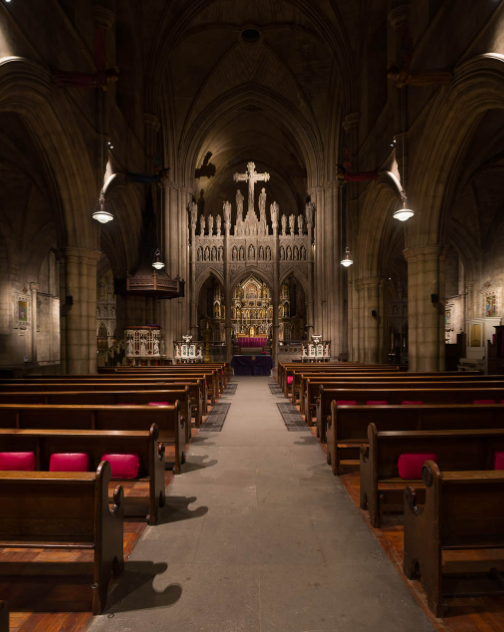
Up-to-date lighting shows off church’s stunning features
Dating back to around 1863, St Paul’s Church in Langleybury, Hertfordshire, is a Grade Two*-listed building in the Gothic Revival style, featuring tall proportions and a prominent spire. Inside, a wealth of features include carved angels, which adorn the springings of the arches within the nave, a beautiful carved stone chancel arch, wall paintings, memorials and a stunning timber roof.
Click here to read the full story.
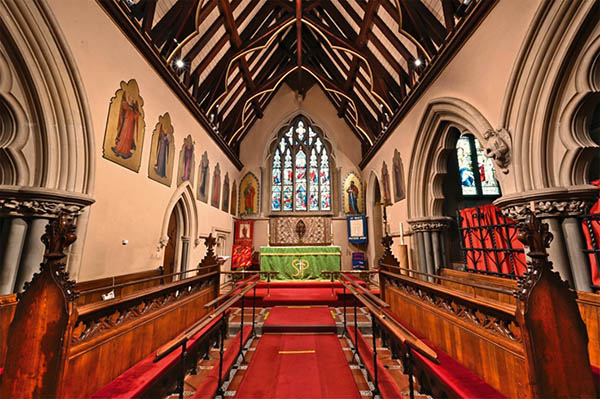
New lighting at St Matthias Church in Stoke Newington
CES LLP is a specialist lighting design practice with a fully trained installation team in the niche market of heritage churches and listed buildings. They have been fortunate to have worked in some incredible buildings.
St Matthias Church in Stoke Newington is a Grade 1 listed building. The church was designed during the Victorian era by William Butterfield, the renown gothic revival architect, and was completed in 1853.
Click here to read the full story.
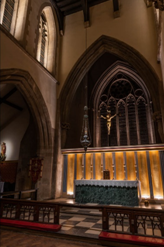
New internal lighting completed at St Margaret's Church, Betley
St Margaret’s Church is a Grade I listed building situated within the beautiful village of Betley. With its wide and varied history, St Margaret’s has been through many changes over its existence. CLS Electrical Services Ltd were proudly asked to provide a lighting design and full specification which included the replacement of internal electrical distribution equipment.
Click here to read the full story.
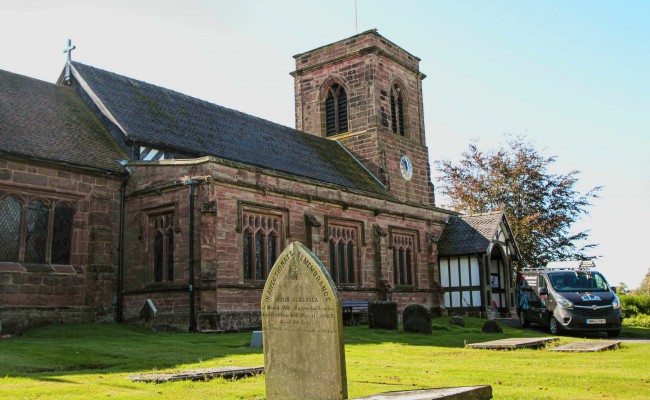
St Mary's Church, Funtington gets new internal lighting and external renovation
CLS Electrical Services Ltd were commissioned to design and install a new lighting system at St. Mary’s Church in Funtington. They removed the existing tungsten light fittings and associated cabling, along with the banks of light switches that were used to control the original lighting. All of this was replaced with a new DALI controlled lighting scheme with simple to use controls
Click here to read the full story.
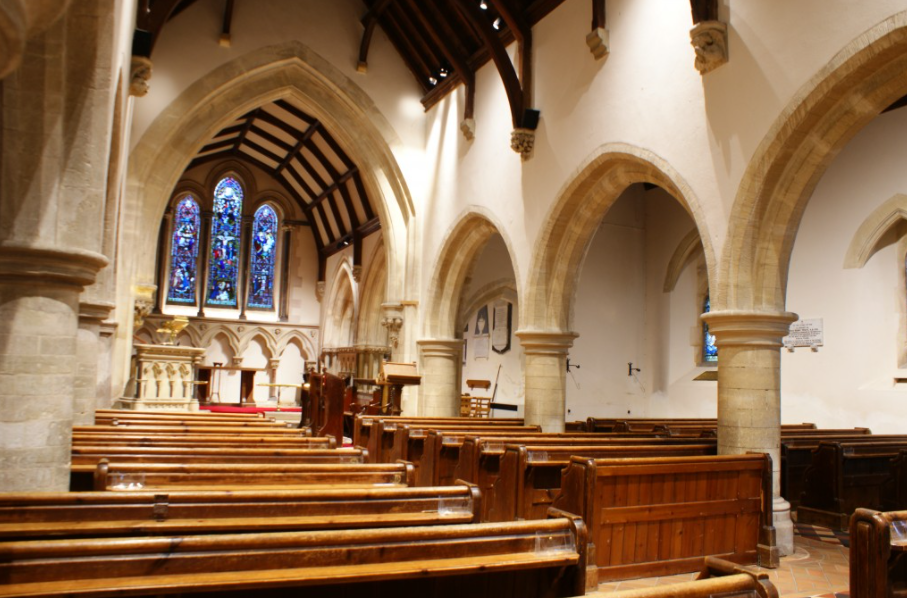
Long experience leads to a unique appreciation of today’s lighting needs
Located in the heart of the UK in Sutton Coldfield, West Midlands, Lighting Dynamics UK have recently expanded their development as one of the UK’s premier companies specialising in the interior and exterior lighting of cathedrals, churches and other places of worship across all religious denominations.
Click here to read the full story.
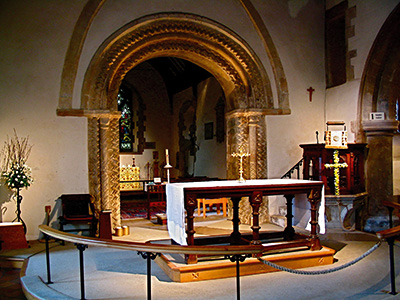
Careful consideration of options lights the way for Wirral church
St Bridget’s Parish Church in West Kirby has been a place of worship for over 1,000 years, reaching back to the time when Norse settlers occupied the Wirral peninsula – the Viking hogback stone in the south aisle is evidence of that.
Click here to read the full story.
